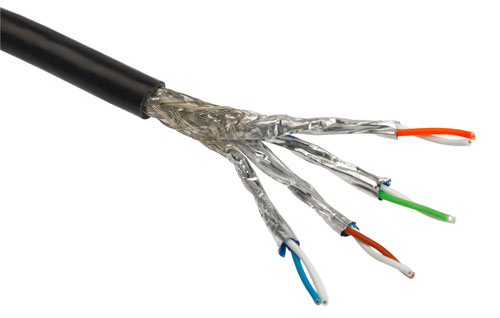
Confused by Cat7 vs Cat7a cables? Unravel the mystery! This guide cuts through the tech jargon, exploring the crucial differences and helping you choose the right one for your blazing-fast network.
Key Takeaways:
- Performance: Cat7a reigns supreme with higher speeds and lower crosstalk, ideal for future-proofed networks.
- Compatibility: Cat7a backward compatible, working seamlessly with Cat6/Cat5e equipment.
- Cost: Cat7a pricier due to advanced tech, Cat7 offers value for current gigabit needs.
Q: What’s the difference between Cat7 and Cat7a cables?
A: Cat7a boasts superior speed and interference resistance, making it the future-proof choice for demanding networks. While Cat7a is backward compatible, Cat7 provides a cost-effective solution for current gigabit requirements.
Category 7 Cable with SSTP Wiring
The double-shielded Category 7 cable incorporates Screen Shielded Twisted Pair (SSTP) or Screened Foiled Twisted Pair (SFTP) wiring. The shielded twisted pair construction is beneficial in high-speed networks that are Ethernet-based, specifically 1000BASE-T or 10GBASE-T infrastructures. Cat5e and Cat6 cables can be more cost-effective; however, higher performance Cat 7 cabling often comes with a longer estimated lifespan.
Class F Network Cabling Offers Backward Compatibility
The term “Class F” also refers to Cat 7 cabling, with Class FA as the designation for the augmented standard. Described as next-generation technology, Class F network cabling is backward compatible with previous Cat6 and Cat5 standards. Commercial entities that require specific noise resistance and bandwidth capabilities may consider Cat7/Class F cables.
Contact us about the latest cabling standards.
